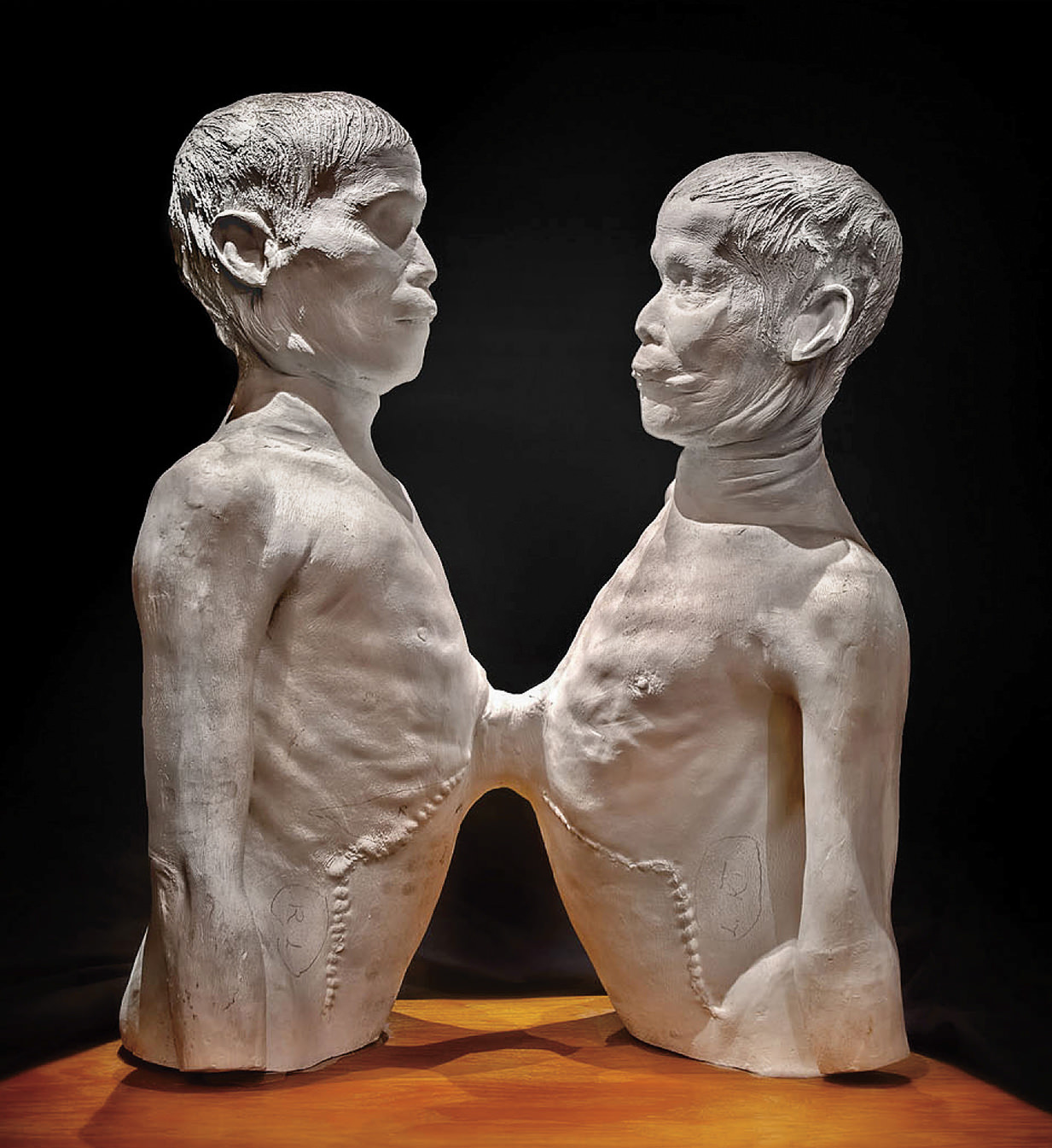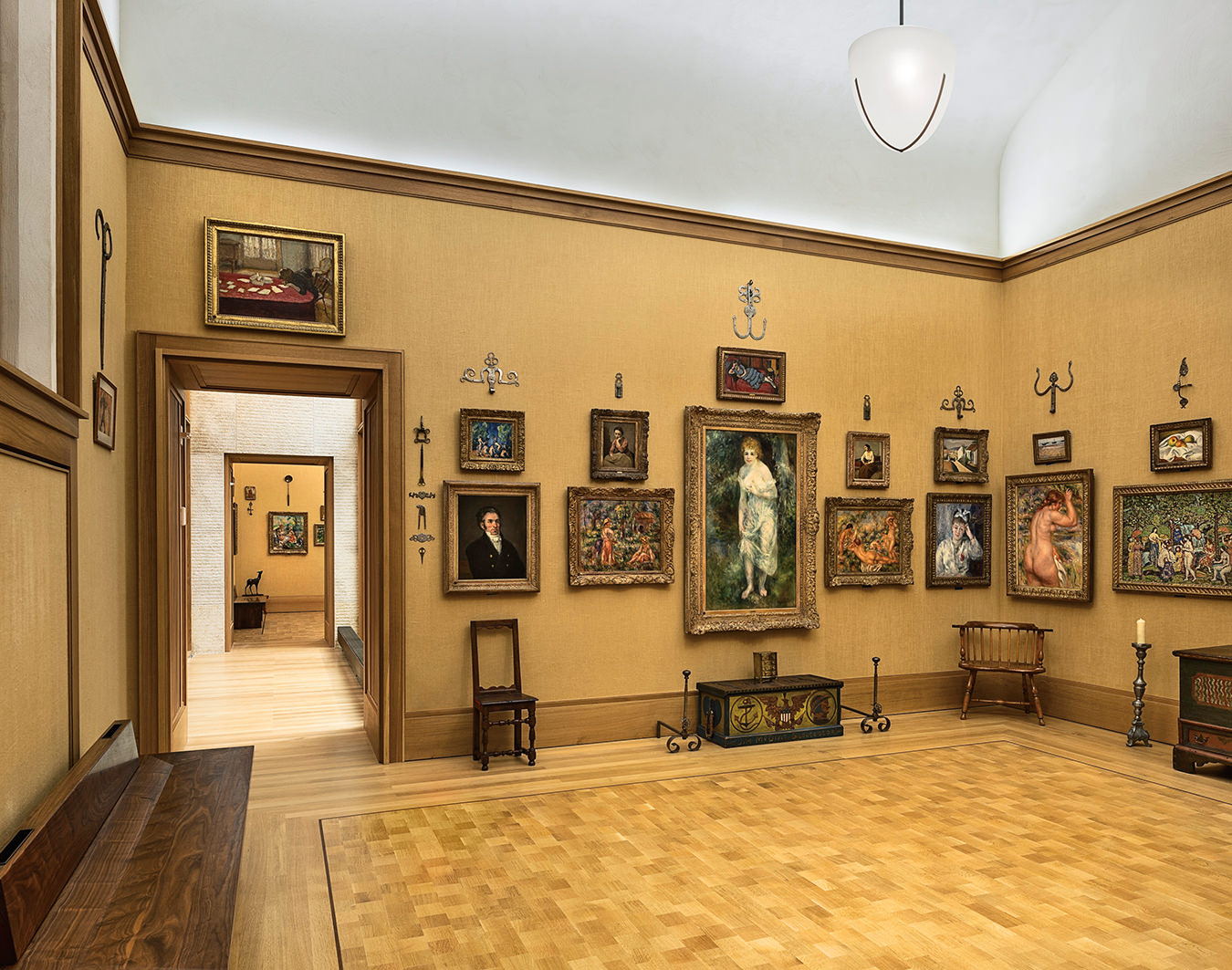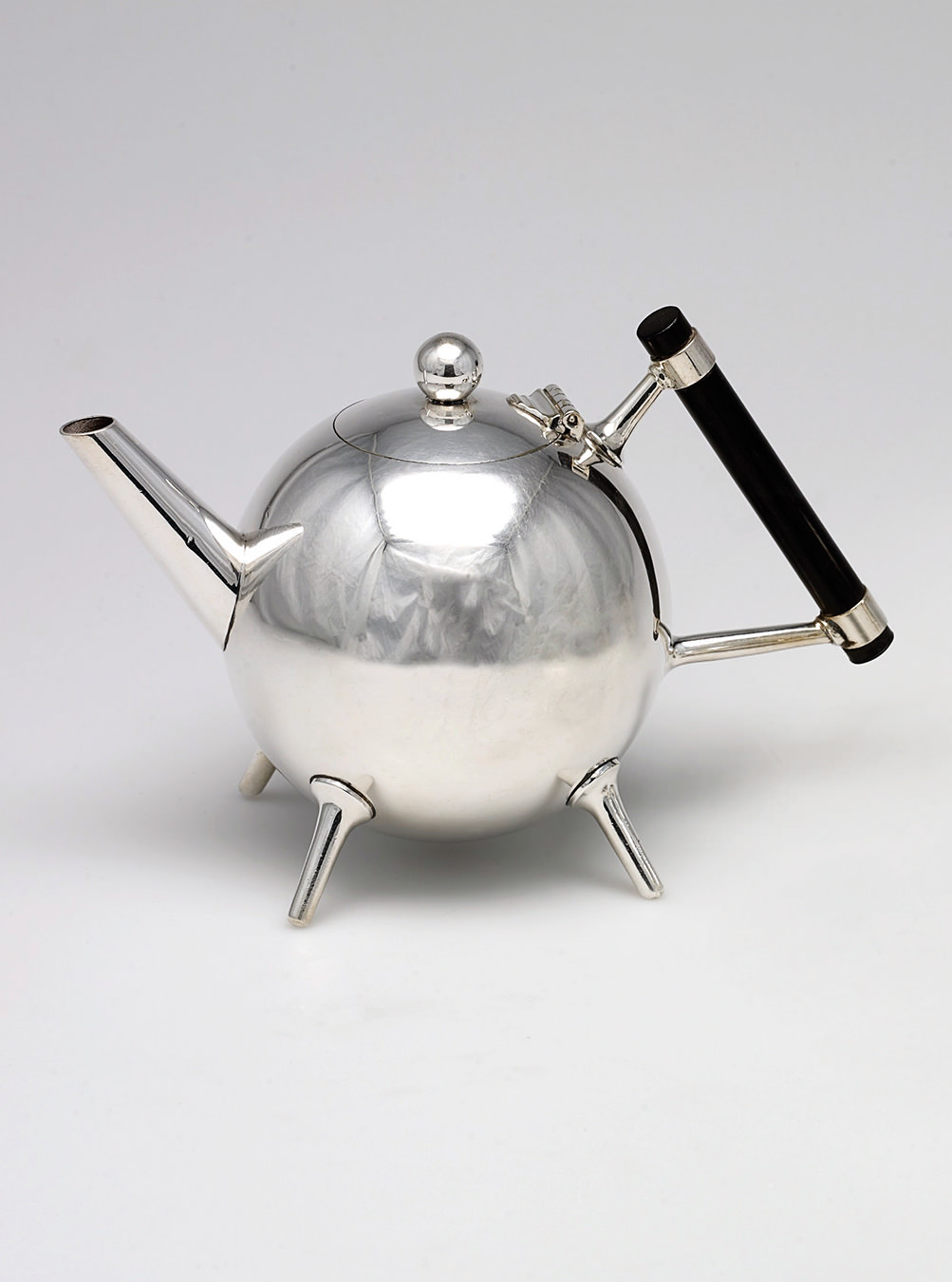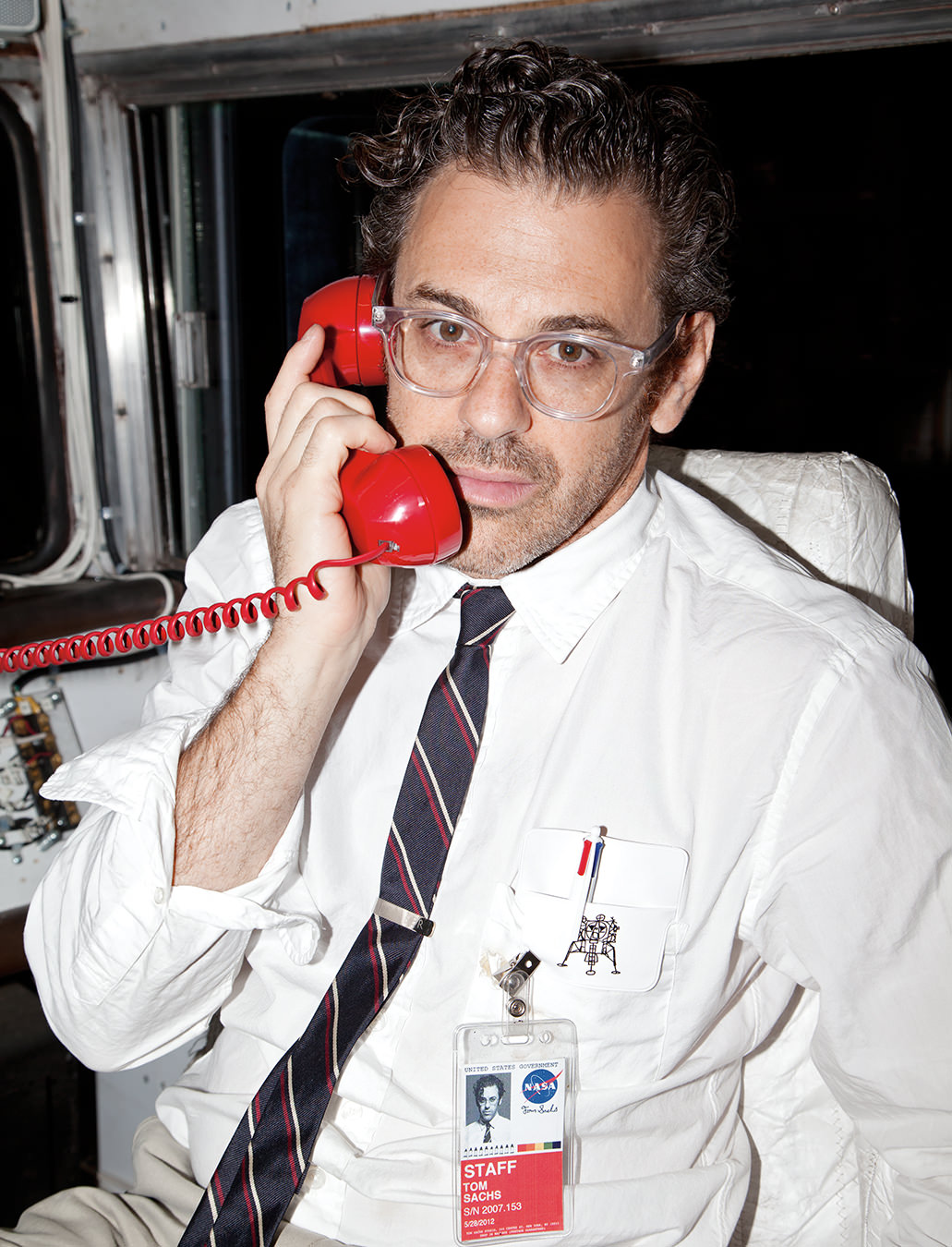-
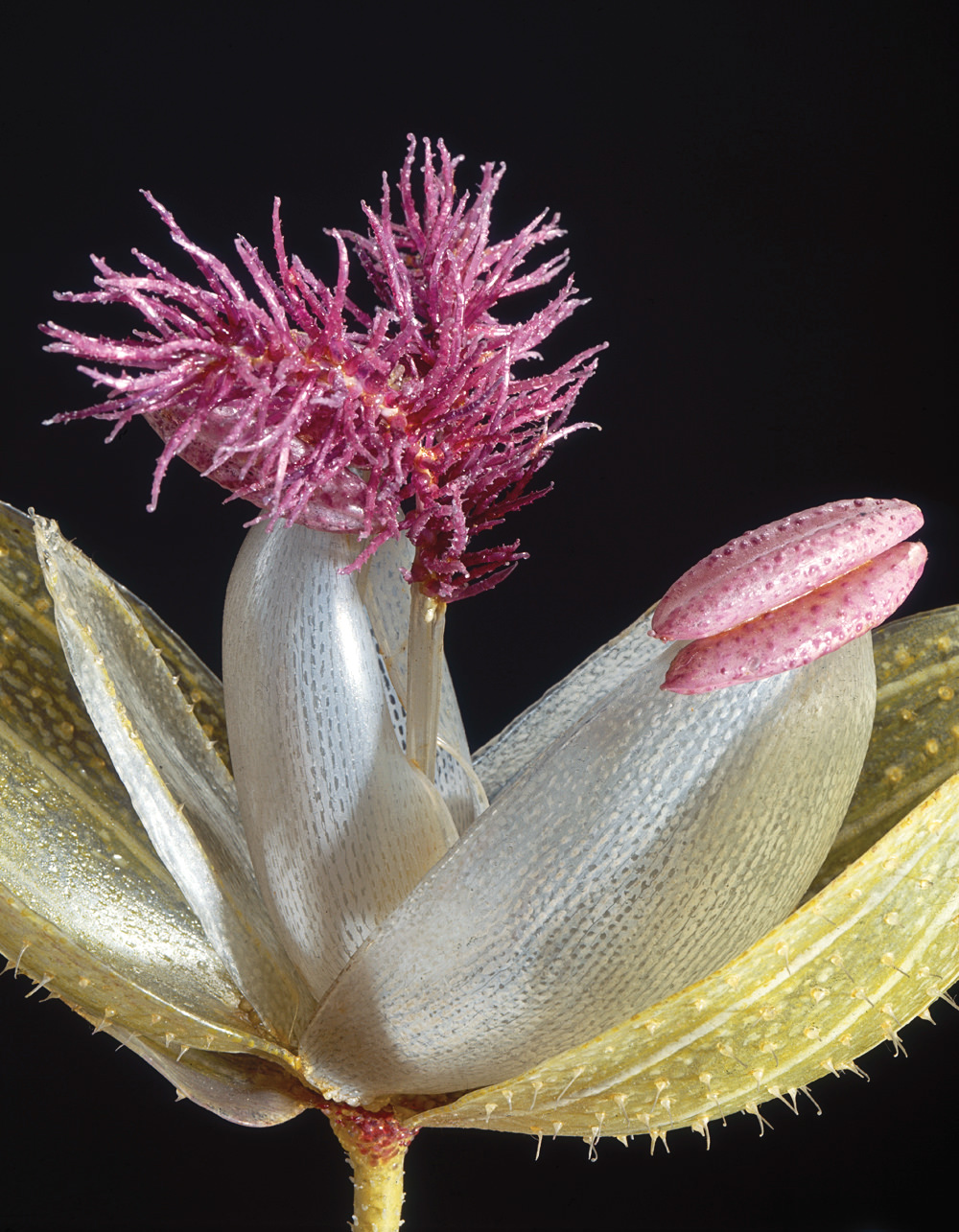
Panic grass from the Glass Flowers collection at the Harvard Museum of Natural History, handmade by artists Leopold and Rudolf Blaschka. Photo by Hillil Burger.
-
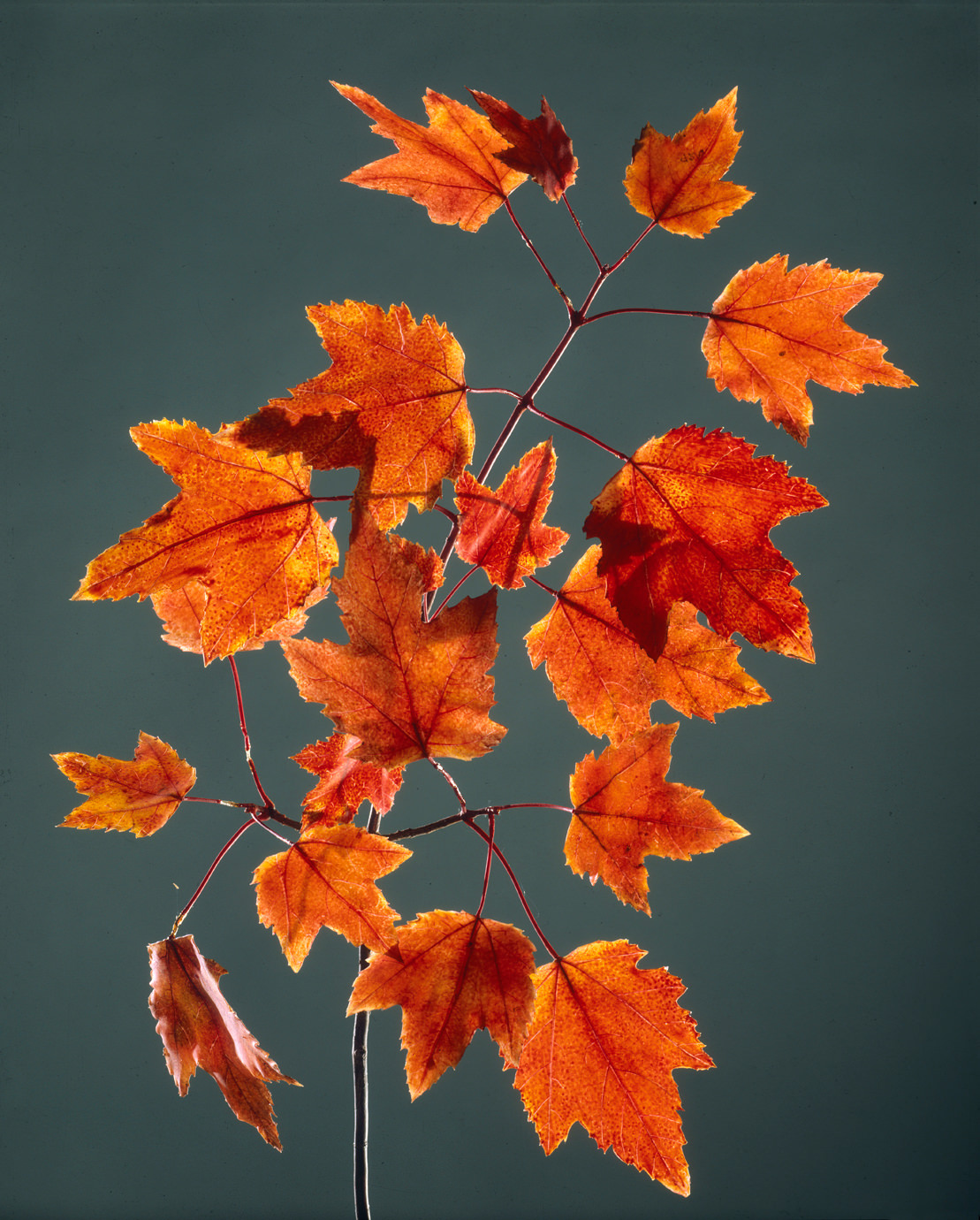
Acer rubrum, or red maple, from the Glass Flowers collection at the Harvard Museum of Natural History, by artists Leopold and Rudolf Blaschka. Photo by Hillel Burger.
-
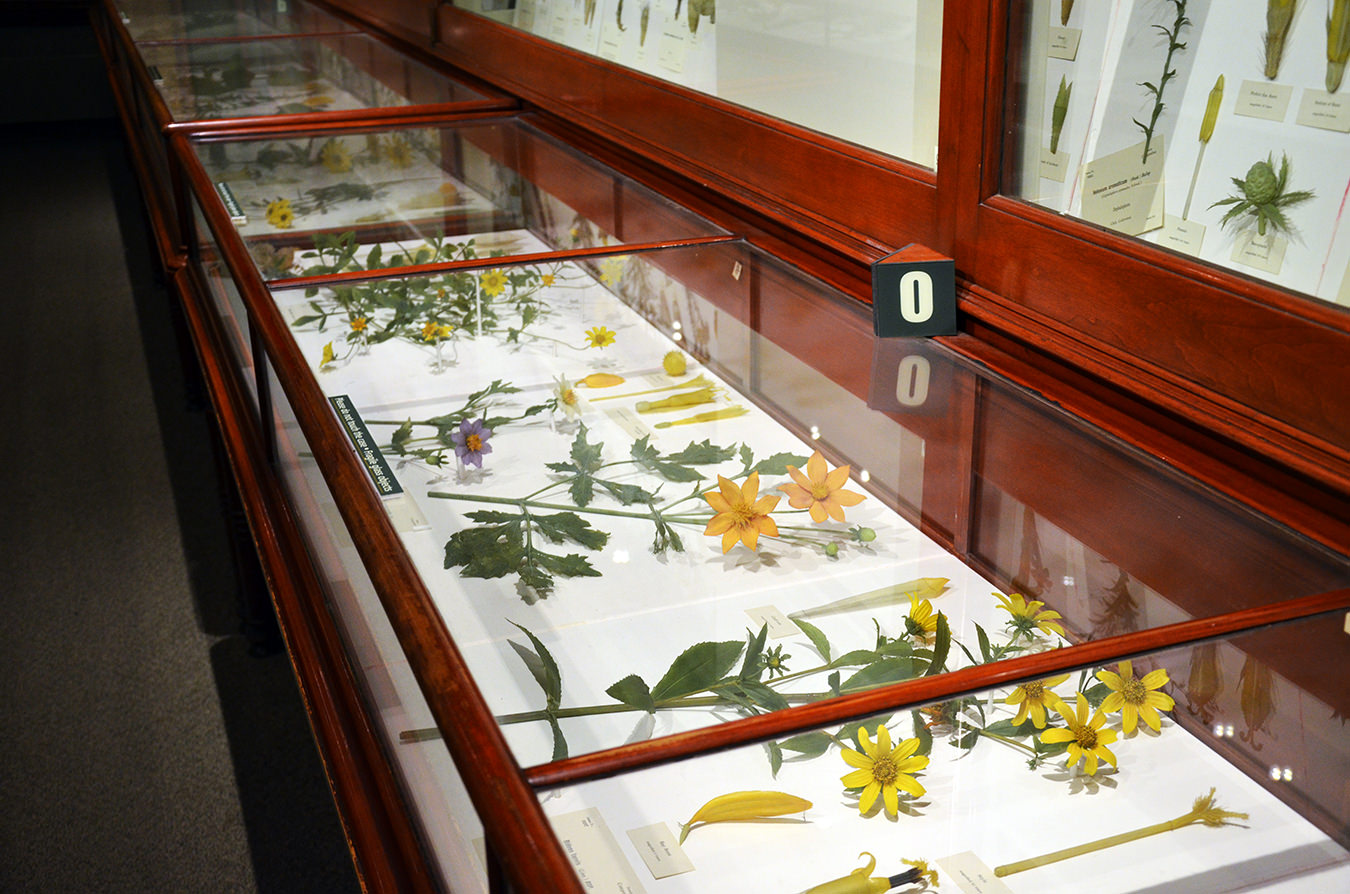
A case showing part of the Glass Flowers collection on display at the Harvard Museum of Natural history. Photo by Alec Villapando.
-
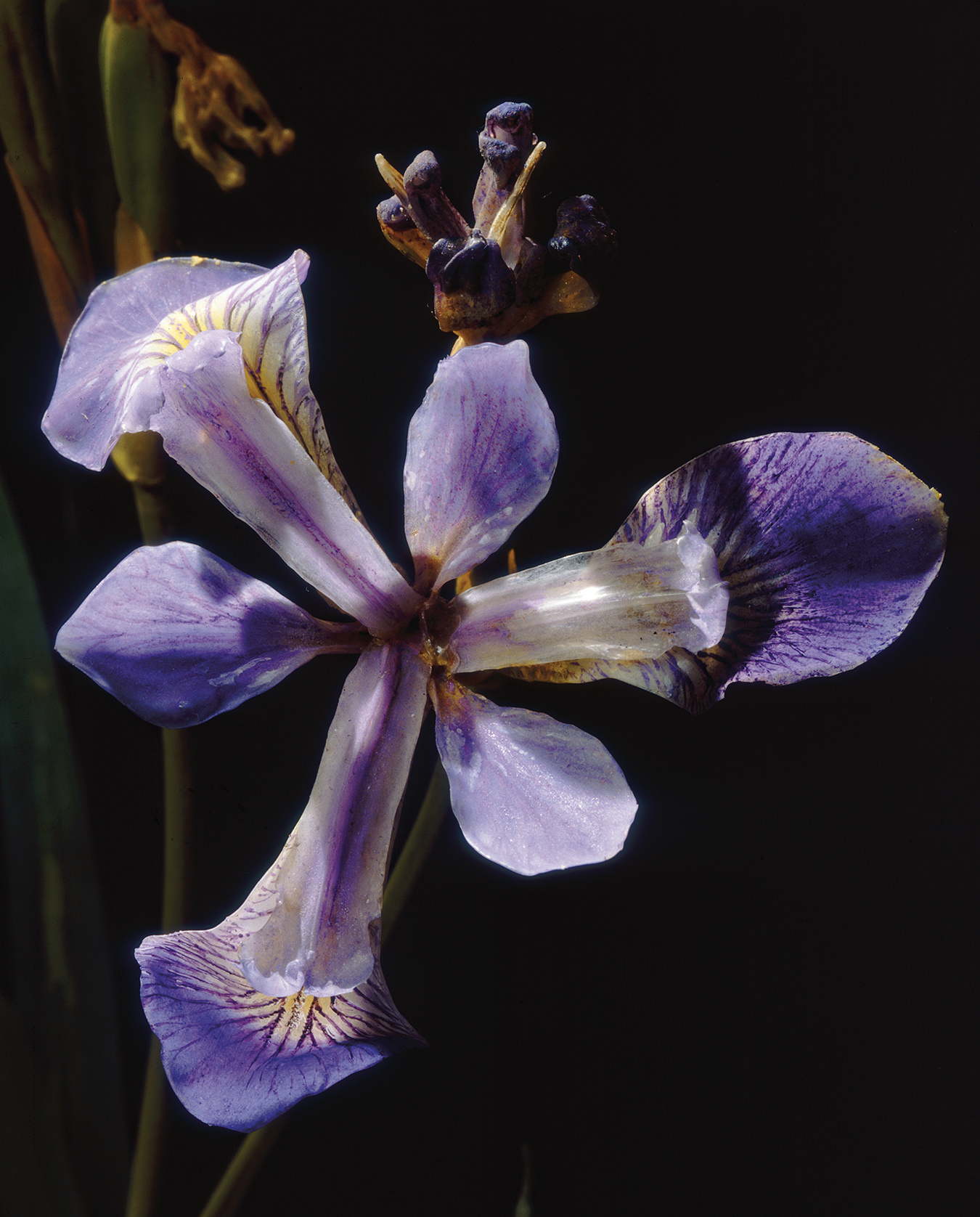
Blue iris from the Glass Flowers collection at the Harvard Museum of Natural History, handmade by artists Leopold and Rudolf Blaschka. Photo by Hillel Burger.
-

Devonshire cup coral, one of dozens of glass models of Blaschka marine invertebrates on display in a new 2014 exhibit at the Harvard Museum of Natural History. Photo ©Museum of Comparative Zoology.
-
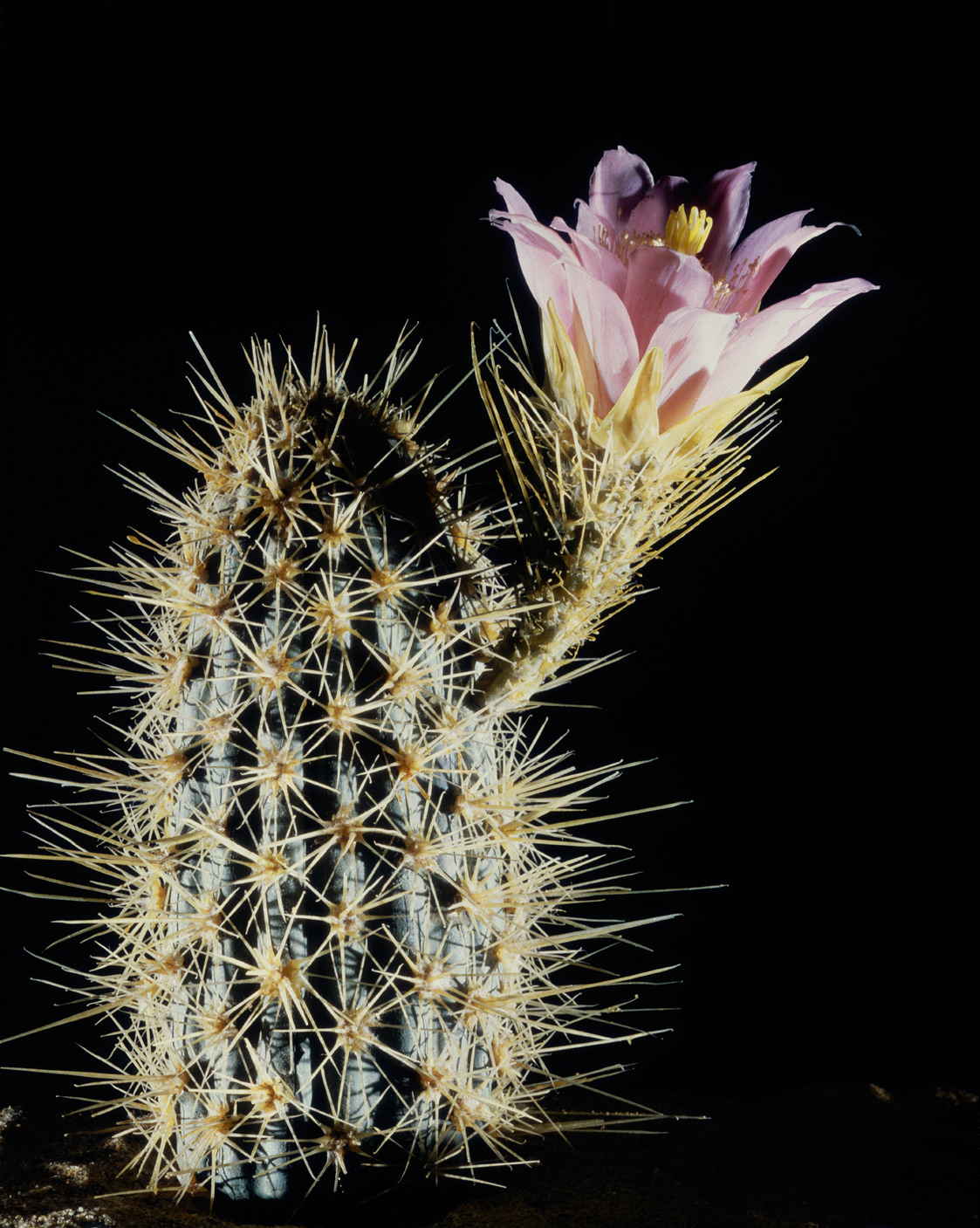
Blaschka Model 529 of the Echinocereus engelmannii, created by both Leopold and Rudolf Blaschka in 1895. Photo by Hillel Burger.
-

Lathyrus splendens—a low shrub native to southern California, a garden ornamental perennial—part of the Glass Flowers collection on display at the Harvard Museum of Natural history. Photo by Hillel Burger.
Rudolf Blaschka’s Glass Botanical Sculptures
Harvard’s Glass Flowers collection.
The avocado looks good enough to eat, as do the banana, six figs on a stem, mango, papaya, and cashew nuts. There is one catch though: they are all made of glass. These, together with 4,434 other exquisite botanical pieces, form Glass Flowers, a permanent collection that is joined this spring at the Harvard Museum of Natural History by Sea Creatures in Glass, another collection of figures that appear so real, the ink-blue tentacles of the Portuguese man-of-war look poised to deliver a sting.
Scroll back in time to the mid-19th century when glass artisan Leopold Blaschka, becalmed at sea for two weeks, observed the invertebrates. Later, at his Dresden studio—aided first by his own memory, and then later by others’ drawings—he replicated these creatures in glass, shipping them to museums all over the world. Then, in 1886, came the commission from Professor George Lincoln Goodale, first director of the Botanical Museum at Harvard, signing Blaschka and his son, Rudolf, to a 10-year contract to work exclusively for the university creating glass botanical flora for teaching purposes. The collection of 4,400 models of 847 different plant species—bankrolled by an American mother-daughter team, Elizabeth and Mary Lee Ware—now resides in the museum. Legendary glass artist Dale Chihuly, who credits the Blaschkas with inspiring his ikebana work, has said that when he saw their glass flowers at Harvard, he had “no concept how the artists made them.”
One could linger for an entire day at the museum trying to figure that out, admiring the beauty and accuracy of the irises, orchids, poppies, crinkled passion flowers, and cacti with perfect spines. The list goes on to include two types of coffee, mauve jacaranda, creamy Hawaiian plumeria, and a single plant of goldenrod with over 1,000 individual florets.
One person who can relate to the Blaschkas’ talent is preservation specialist Elizabeth Brill. Since 1994, she has restored 1,100 Blaschka marine invertebrates in three collections for the museum. “I’m amazed at the skill these men had forming lifelike representations of intricate, mysterious little creatures with a process that is akin to manipulating viscous honey or soft chewing gum between two pencil points,” she says, adding that each single marine invertebrate model might be made up of 10, 20, or even 200 pieces of glass. With more than 30 years of experience working on coral reefs, and almost 25 years as a flame worker, Brill knows her “sea critters” as she fondly calls them—and her glass.
Mesmerizing as all of these creatures are to Brill, it is not the flashy man-of-war which is her favourite, but rather the predatory sea slug, or siphonophore, which, she says, “makes one realize just how successful these three-dimensional likenesses of Mother Nature’s ocean-y creatures are.”
This article was originally published September 2014.

